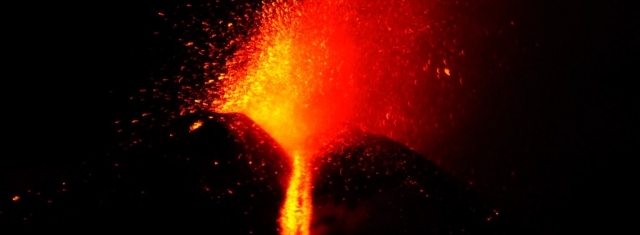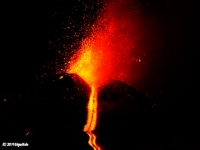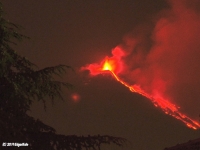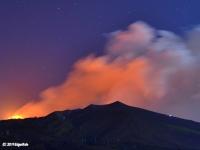Travel
Disrupts Tourist flights to Sicily (IT), Volcano Etna Erupt.
Volcano Etna Erupt in Italy

Etna Eruption (June 2014) (Source: (C) 2014 Edgar Kale)
Flights into and out of the Italian city of Catania have been disrupted by the eruption of Mt Etna, Europe´s most active volcano. This latest eruption began on Sunday and was the first major activity this year. Most of the activity came from a crater on the south-east side of the mountain. Since 1987 the volcano and its slopes have been designated a national park, with mountain refuges and trails provided for hikers who want to get up close to the volcano´s pyrotechnic activity. The cone-shaped, 3350m-high volcano is coated in snow during the winter. Etna is found in eastern Sicily between Catania and Taormina, a popular tourist town. Etna was also active in ancient times and was used as a night beacon by sailors in the Mediterranean.
Etna volcano.
Etna is the largest and tallest volcano of Europe, and one of the most active volcanoes on the Earth. Its eruptions occur both at the summit, where currently there are four crateres, and from its flanks, down to a few hundred meters above the sea-level. Summit activity can go on virtually continuously for many years or even decades (e.g., 1955-1971; 1995-2001), but it also often occurs during the intervals between flank eruptions. Such intervals can last from few months to more than 20 years, although in the past 40 years the average interval between flank eruptions has been only about 2 years. The duration of a flank eruption can be as short as a few hours, but in some cases exceed one year (1991-1993: 472 days; 2008-2009: 419 days).
Liability for this article lies with the author, who also holds the copyright. Editorial content from USPA may be quoted on other websites as long as the quote comprises no more than 5% of the entire text, is marked as such and the source is named (via hyperlink).








